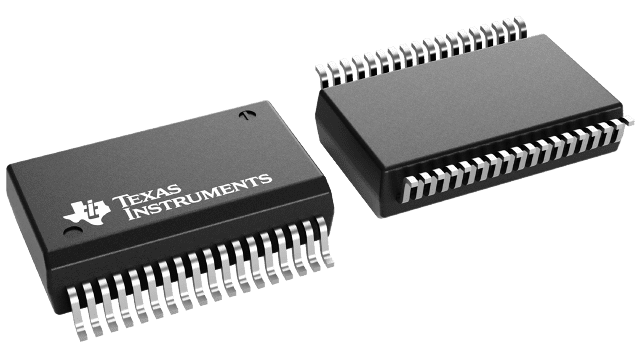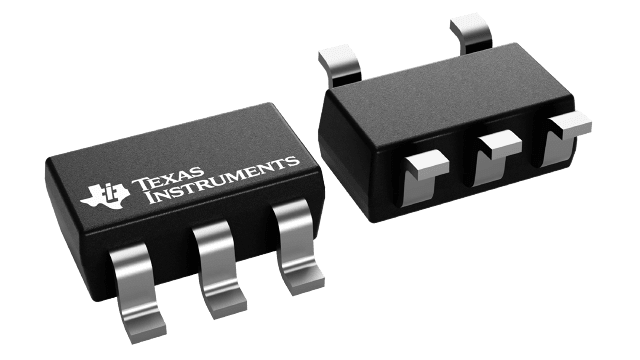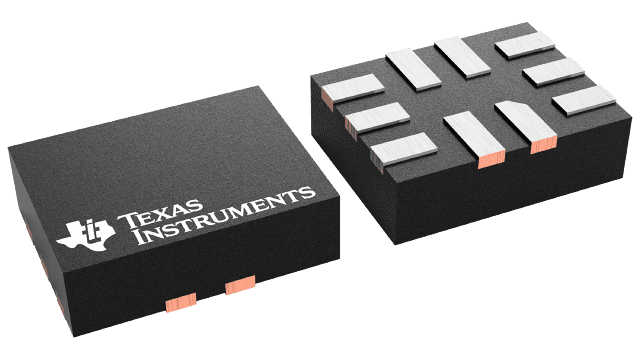How to navigate the semiconductor shortage
The market demand for semiconductors has exploded over the past four to six months, as many industries have increased demand for these components, which are used in increasingly large volumes and applications. David Stein, Vice President, Global Supplier Management for Digi-Key Electronics explains.
This huge demand has reached a height that has snarled supply chains and created a shortage of semiconductors -- a result of the convergence of several different factors.
Unprecedented demand
This situation truly began about 18-24 months ago, when a large amount of design activity began taking place across many different industries, including automotive, consumer electronics, computers, industrial automation, and 5G devices.
Unfortunately, this activity was derailed by the growth of the coronavirus from a localised outbreak to a global pandemic, shifting design and support focus in the first half of 2020 to supporting the medical industry.
Now, the original design activity that started in 2019 has resumed, and in fact grown, creating an even higher demand for semiconductors. This uptick in demand, combined with lower inventory levels with suppliers and distributors, has caused various shortages and lengthening of supplier product lead times to all-time highs.
At the same time, a lack of shipping containers in Asia, along with logistical challenges and social distancing and quarantine measures continue to disrupt activities in the region.
Additionally, the supply chains of raw materials such as manganese, antimony, tungsten and ferrovanadium have been affected by supply problems and increased freight costs since November.
Lastly, in Europe and the US, ports can no longer keep up with unloading containers. With increased COVID-19 health and safety measures in place, ports are operating with reduced staff, meaning many container ships are anchored for several days and cannot dock in the ports. The recent blockage of the Suez Canal by the Ever Given has further exacerbated these backups, creating a ripple effect in global trade activities.
Ripple effects
This shortage has broad implications for the industries that consume not only semiconductors, but other electronic components as well. Some of the products that end customers such as OEMs and contract manufacturers are challenged with obtaining are discretes (diodes, rectifiers, MOSFETS, IGBTs), linear analogue, microcontrollers and microprocessors, sensors, commodity and high-end logic.
For example, in the automotive world, vehicle and truck manufacturers are struggling to find the components they need to build increasingly sophisticated and connected cars and trucks to haul freight.
Furthermore, power supplier manufacturers, who are attempting to increase capacity, are not able to source the semiconductors they need to build machines to manufacture their products, meaning that other product portfolios such as interconnect, passive and electromechanical are also beginning to be squeezed.
This shortage and capacity squeeze in the supply chain is likely to continue throughout 2021, and into 2022, with many suppliers announcing that they are fully booked. Even those that have started increasing production capacity have had to shift their production lines to optimally meet demand as best they can.
Distributors step up
The good news is that some distributors, like Digi-Key, were able to forecast this shortage well in advance. Digi-Key keeps a close eye on global design activities in the engineering community, and made note of an uptick in activities throughout the second half of 2019. This, in addition to the high volume of new product introduction and design starts Digi-Key was supporting, triggered the team to ramp up purchasing inventory in early 2020 and scheduled orders through the end of 2021, to give suppliers as much visibility as possible into future needs.
Additionally, Digi-Key is in constant contact with its suppliers and customers, has long-term relationships with key manufacturers, and has invested in significant inventory to help customers weather the current capacity crunch now and into the future.
In the meantime, customers who are able to give better and more accurate visibility into and forecasts of their individual product needs can help their downstream supply chain partners obtain the necessary product volumes to support their manufacturing needs. This allows their partners to work more closely with supplier partners to plan accordingly.
From an engineering perspective, the ODM/OEM should look to approve multiple suppliers on commodity type products where they can. Over the different shortage cycles that the electronic component industry has endured in the past, the commodity type products have been generally hit hardest, so having multiple sources on your bill of materials (BOM) helps from a sourcing perspective.
Finally, customers should make sure to partner with companies that invest in inventory and view the product they keep on-hand as an asset, not a liability. Therefore, partnering with a distributor that can manage spikes in their forecasts is essential.








